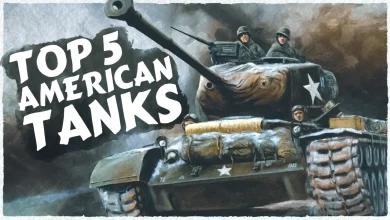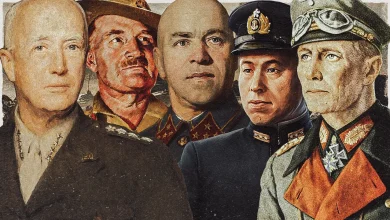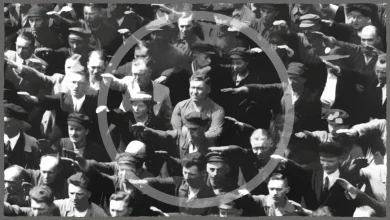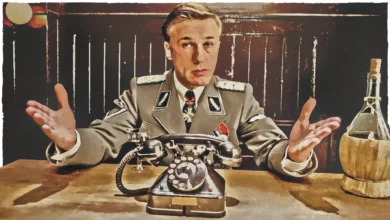The Ghost Army Who Fooled the Germans
At the height of World War II, the U.S. Army is working on a top-secret project, one they believe can help turn the tide of the war. This unit's mission and tactics would remain classified for decades even after the war's end. It would be known as the Ghost Army.
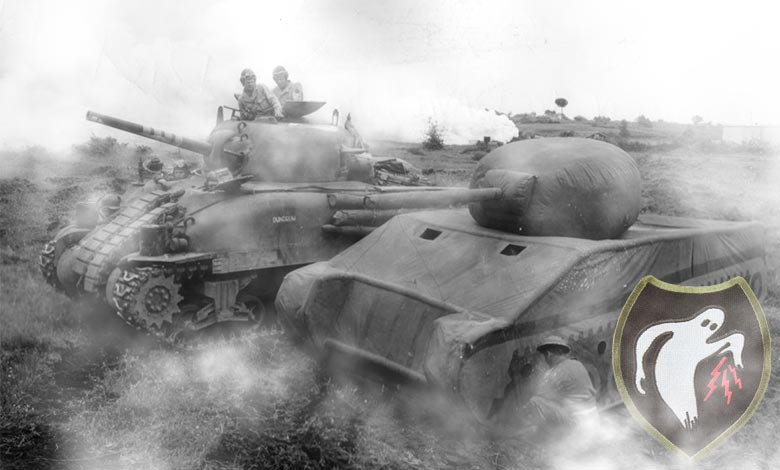

Created in early 1944 with the impending invasion of Europe in mind, a special unit was formed, officially called the 23rd Headquarters Special Troops and nicknamed the Ghost Army. It would become the first mobile multimedia tactical deception unit in the U.S. Army.
This unique and top-secret unit used visual, sonic, and radio deception to fool German forces during World War II. They were capable of simulating two divisions, roughly 30,000 men but only comprised of 11,000 themselves. The Ghost Army’s goal was to deceive the Germans into believing there was a large Allied force in one area when the actual allied force would be in another.

The visual deception would involve the use of inflatable tanks, trucks, planes, and artillery pieces. Which were easily maneuvered to positions which could be observed by the enemy from afar or via aerial reconnaissance. Fake tires or tank tracks were even used to show the movement of these vehicles. Numerous tents and barracks were erected even with minor details such as cooking equipment and laundry being set up.
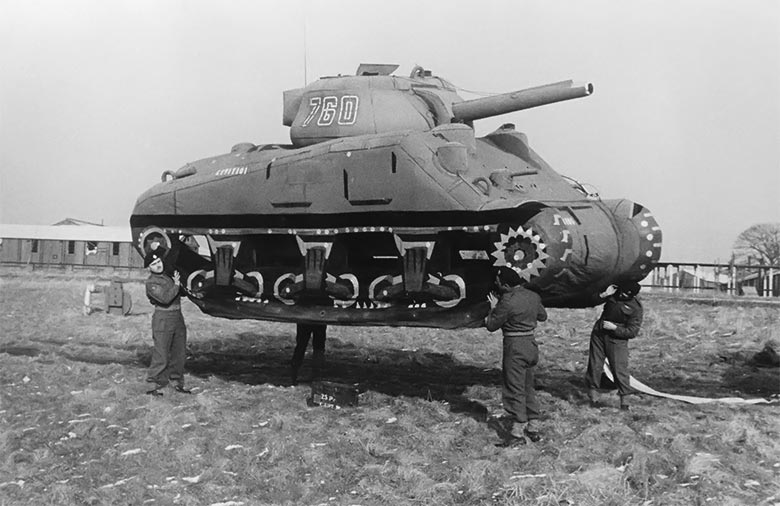

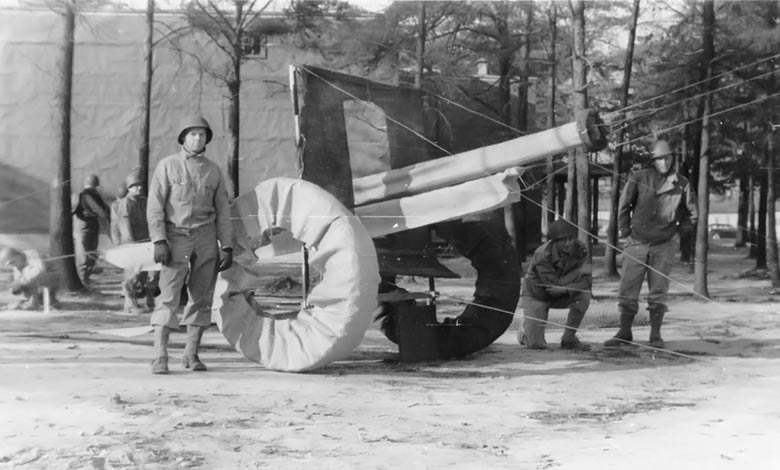
The sonic deception involved the use of pre-recorded sounds of large groups of soldiers or tanks and trucks moving around. They would be played through huge amplified speakers affixed to the back of half-tracks. The sounds of which could be heard from over 20 kilometers away. Radio deception used radio traffic and morse code to send out signals and reports of troop movements to areas they wanted the Germans to believe there was a large Allied force or where a force had previously been.
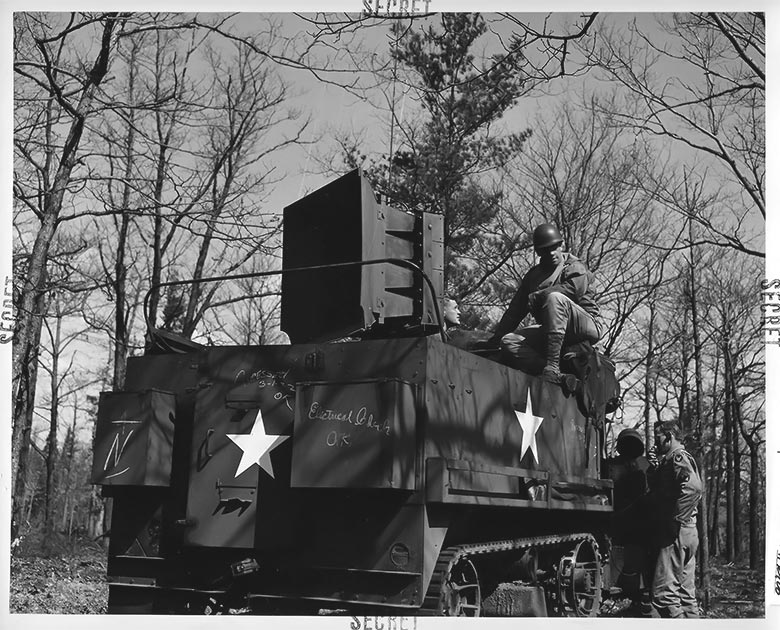
The final part of the deception was to simulate actual units. Men of the Ghost Army would don uniforms of other units with the correct insignia and visit the local towns restaurants, and bars. They were encouraged to talk about the pretend units movements in the area, loud enough so that any spies could eavesdrop. They would also drive trucks around on loops to make it appear as though there was a large force in the area.
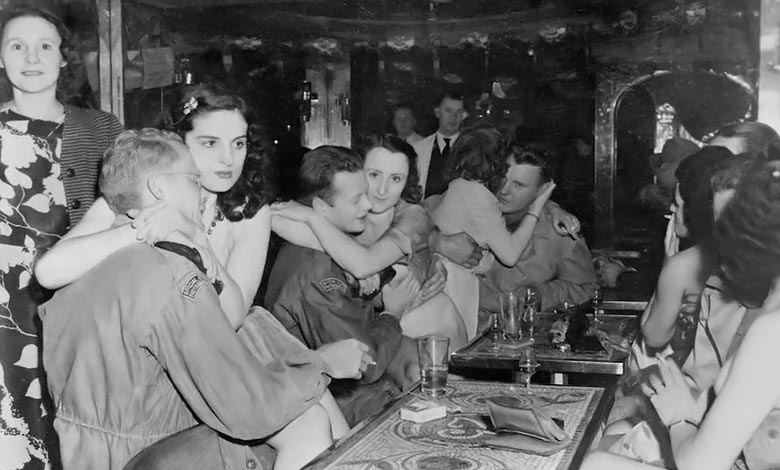
Throughout World War II, they were involved in numerous operations and had success on most occasions. The use of deception arguably saved thousands of Allied lives. Following the war, the members of the unit were sworn to secrecy. The documents relating to the unit were only declassified in the mid-1990s, allowing those surviving members to talk about their experiences.
